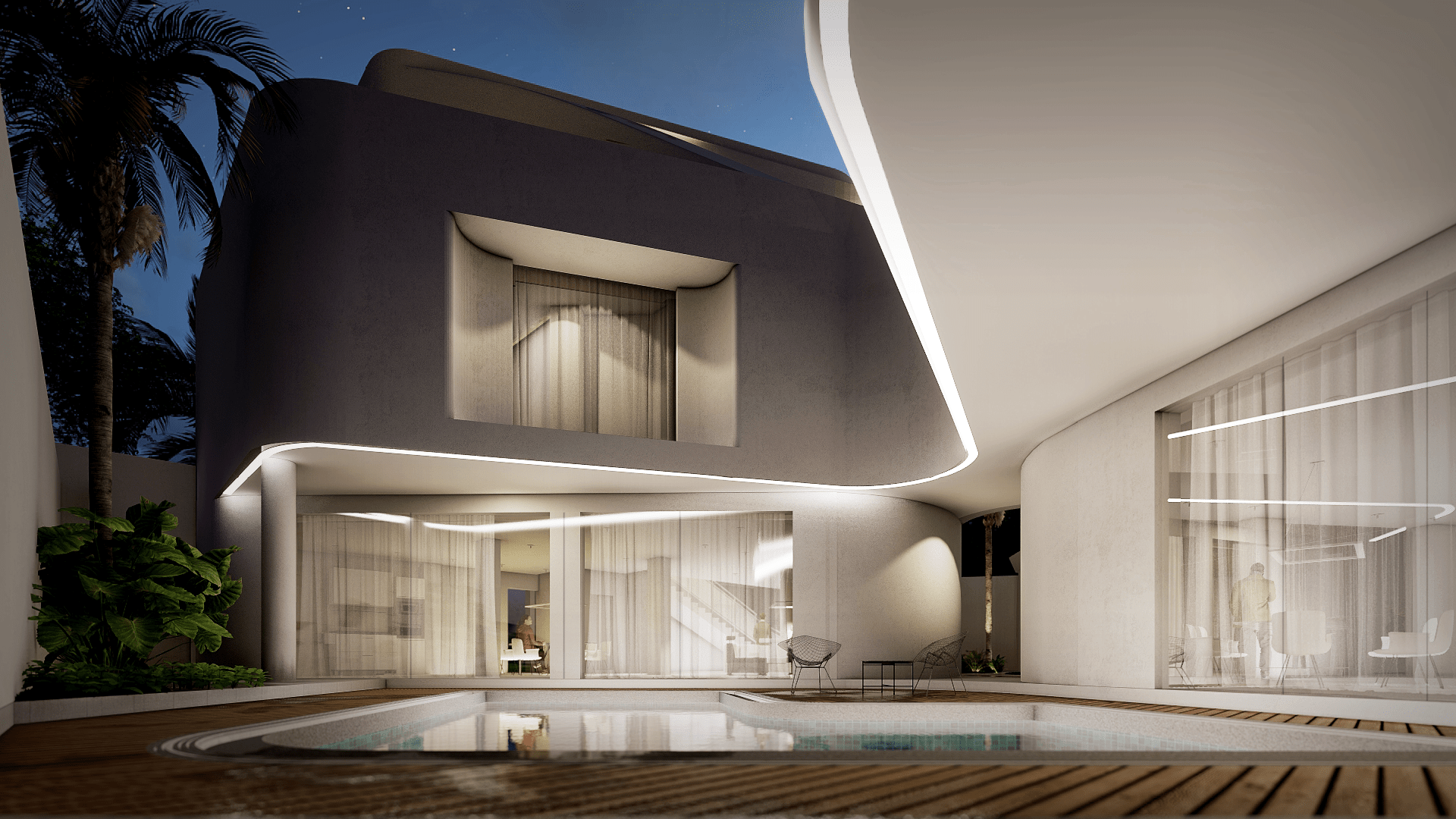Focusing on a building’s aesthetic appeal without taking into account its use or integration with the environment is known as surface design.
A common phenomenon in modern design is surface design. It is a method that places the maximum emphasis on the aesthetic appeal of buildings and other structures without taking into account their genuine purposes or how they fit into the surrounding natural and social environment. At first look, surface design may be visually beautiful and intriguing, but it may lack substance and long-term viability. Let’s examine this pattern in more detail.
Putting Aesthetic Appeal Before Content
Aesthetics are heavily emphasized in surface design. Creating eye-catching facades and exteriors that are visually striking is frequently given top priority by architects and designers.
To create a spectacular appearance, this may need the use of unusual materials, elaborate patterns, and creative shapes. This method can produce stunning structures that become recognizable landmarks, but it can occasionally cause a gap between a structure’s façade and its interior functions.
Forgetting about functionality
The tendency of surface design to ignore a building’s practical components is one of its main detractors. The usefulness and efficiency of the internal rooms could be sacrificed in the name of producing a visually appealing structure. This may lead to awkward designs, wasted space, and trouble meeting the needs of the residents.
Contextual Integration Defect:
The potential lack of synergy with the surrounding environment is another difficulty surface design may provide.
The ideal building should blend in with the surroundings, taking into account elements. Like the local culture, climate, and architecture already in place. Surface-focused designs might not fully take into account these factors. Resulting in buildings that don’t fit in or conflict with their environment.
Sustainability-Related Issues
Modern architecture and design must take sustainability into account. Buildings should be built to minimize their negative effects on the environment and maximize their energy efficiency. Without consideration for sustainability, surface design can lead to constructions that use too many resources, need more upkeep, and impact the environment.
Form and Function in Balance:
Even though surface design can result in visually spectacular effects, it’s crucial to balance form and function.
The practical requirements of the building’s occupants, the effect on the environment, and the larger context in which the structure resides should all be taken into account by architects and designers. Buildings can be made that are not only beautiful. But also incredibly useful, sustainable, and culturally appropriate by including these factors into the design process.
In conclusion, surface design, which emphasizes aesthetic attractiveness, offers advantages and can produce structures that are aesthetically appealing. To make sure that the pursuit of beauty does not come at the expense of usability, sustainability, and contextual integration, it should be used cautiously. Buildings that withstand the test of time and positively contribute to society must be designed with a comprehensive perspective that takes into account both the surface and what is beneath it.
More on INJ Architects:
